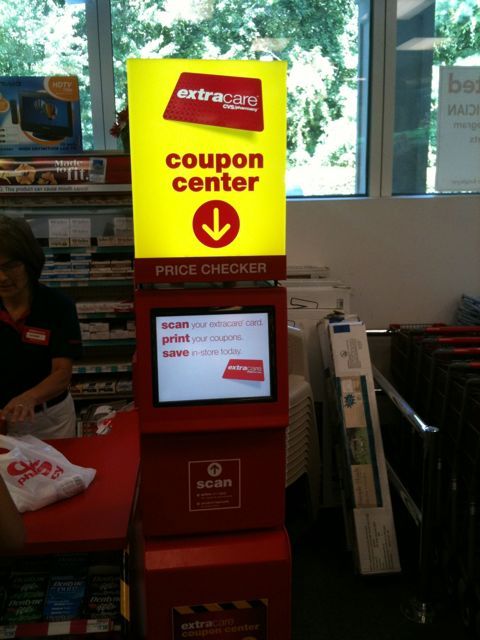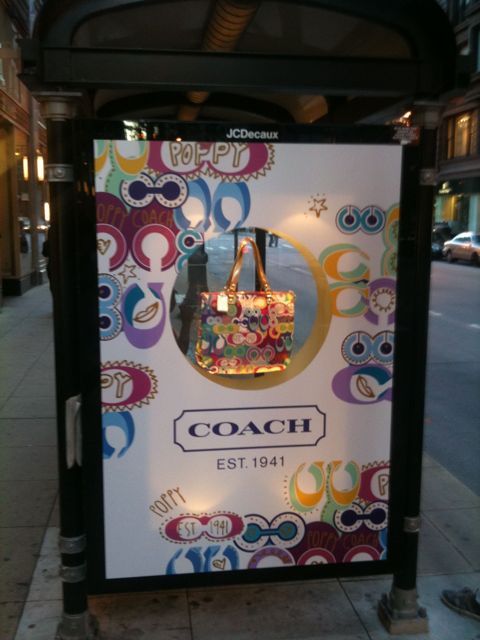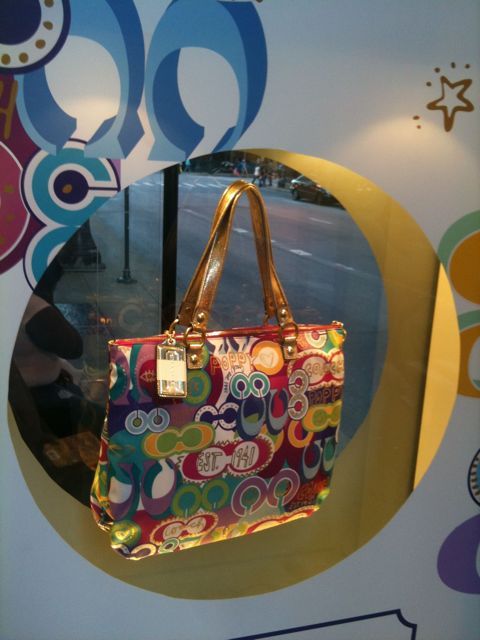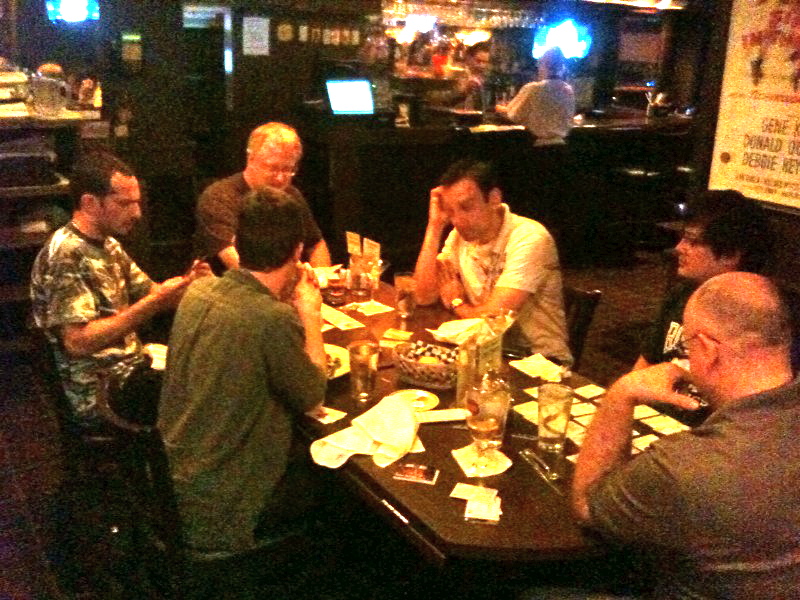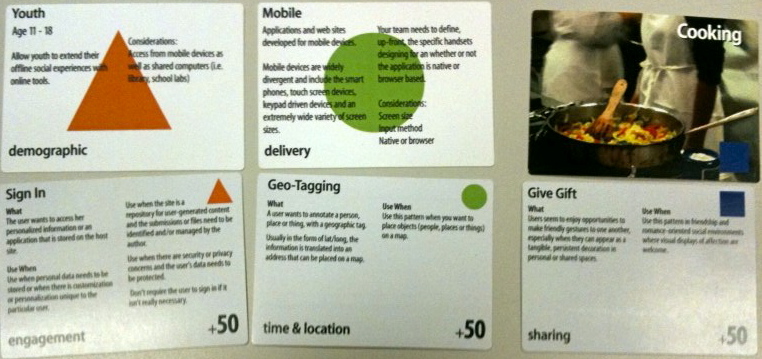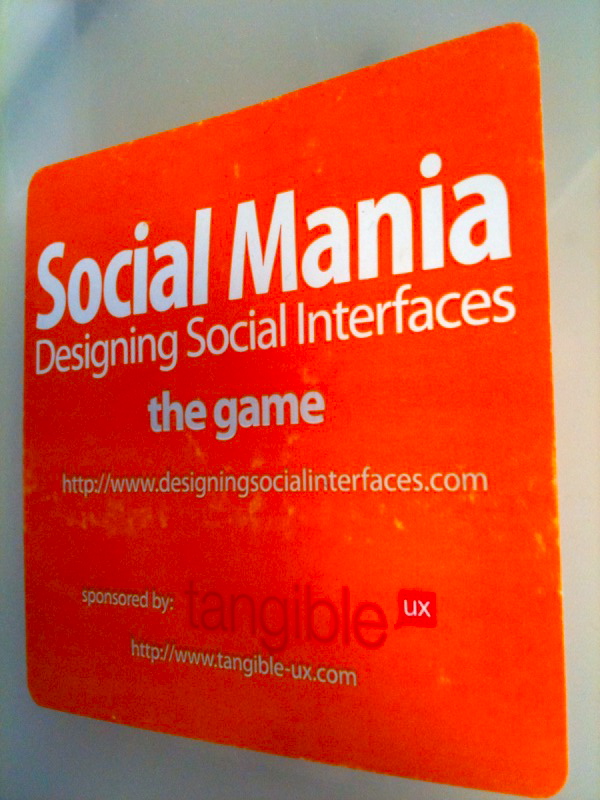Internet Retailer Conference and Exhibition, June 8-11, 2010, McCormick Place West, Chicago, IL, America’s Largest E-Commerce Event
6,000 Attendees, 175 Expert Speakers, and 407Exhibiting Companies
IRCE 2010 Time to Reboot – Get Ready for E-Retailing’s Return to Double-Digit Growth
The conference started off with the keynote given by our own president -Imran Jooma who spoke about mobile commerce and social media. He showed some great videos that showed how our products and services play out in the everyday life of our customers.
Kurt Peters, the editor in Chief, Internet Retailer gave a stat that in 2009 online experienced a 10%. Then he said that channel neutrality is dead and that equal investing in both offline and online is not the way to go.
Two of the more interesting examples talked about were
Dennis McEniry of Estee Lauder talked about how “A worldwide brand goes world wide on the web” and how they has a great global website that was localized through country specific skin care videos. “Don’t be on social if you’re not on brand.” He also talked about twitter use and how they use it to reinforce their authority to talk about certain topics. It is also interesting that they use their service counter reps to do online service part time in the store, or when they go home. And how in Germany how they adopted using “open invoice” which isn’t in use anywhere else in the world, but accounts for 60% of their orders. He also cautioned about mobile commerce being very different country to country.
Moosejaw talked about engagement. That more engaged users are ones who have more purchased products. They have a very funky brand.
Paul Bovisant, the lead product manager from yahoo talked about spotting incompatible buyer groups/messaging and seeing those as opportunity to split off this product line to a new buyer persona. Such as dog collars for house pet owners versus hunting dog owners.
Eric Peterson, CEO & Chief Consultant, Web Analytics Demystified. figuring out spending your money. He said that in terms of staffing you would take your budget and put 50% toward people and 50% on technology.
Geoffrey Robertson, GM & VP, ecommerce, Whitney Automotive Group talk about how his company has become internet centric. In the last 9 years, the company has shifted from 5% Internet sales to 80%. He asked, “Have you challenged your culuture?” “Do you view technology as a cost center or a revenue generating engine.”
Tony Ellison of Shoplet presented on “Competing Against Industry Giants.” Showed a case study of the “Green Your Cart” Tool. Which added a button labeled “See the Green Alternative” to the product’s sell story.
Stephanie Tilenius, Vice President of ecommerce at Google. She talked about the four big trends: Mobile, Social, Personalized, and Local. And went in depth into each. Then she differentiated between “the PC-web versus the Mobile-web.” She gave examples of seeing spikes in the mobile-web during commute time and weekends. Though her presentation was titled on ecommerce, it seemed that mobile was the most important; so much that she said they are “betting on mobile first.”
Andrew Daniel, Jim McNally, and Dennis Schleicher went to the IRCE 2010 Conference
